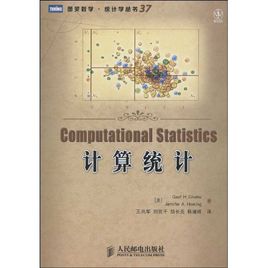Complex networks are a great tool for simulating the outcomes of different strategies used within the iterated prisoners' dilemma game. However, because the strategies themselves rely on the connection between nodes, then initial network structure should have an impact on the progression of the game. By defining each interaction in terms of a prisoner's dilemma and using its payoff matrix as a basis for investigation, we implemented players with various interaction and edge attachment strategies, and ran this dynamic process on real and random networks with varying network structure. We found that, both network size and small world properties played an important role in not only deciding the convergence rate of the simulation but also the dominant status of nodes, under the conditions where identical strategies are employed by every player.
翻译:复杂的网络网络是模拟在重复式囚犯两难游戏中使用的不同战略的结果的伟大工具。 但是,由于这些战略本身依赖于节点之间的联系,因此最初的网络结构应该对游戏的进展产生影响。 通过从囚犯的两难性的角度界定每一种互动关系,并以其报酬矩阵作为调查的基础,我们运用了各种互动和边缘附加战略的参与者,在网络结构不同的真实和随机网络上运行了这一动态过程。 我们发现,网络规模和小世界属性不仅在决定模拟的趋同率方面,而且在每个参与者采用相同战略的条件下,在确定节点的主导地位方面发挥着重要作用。





